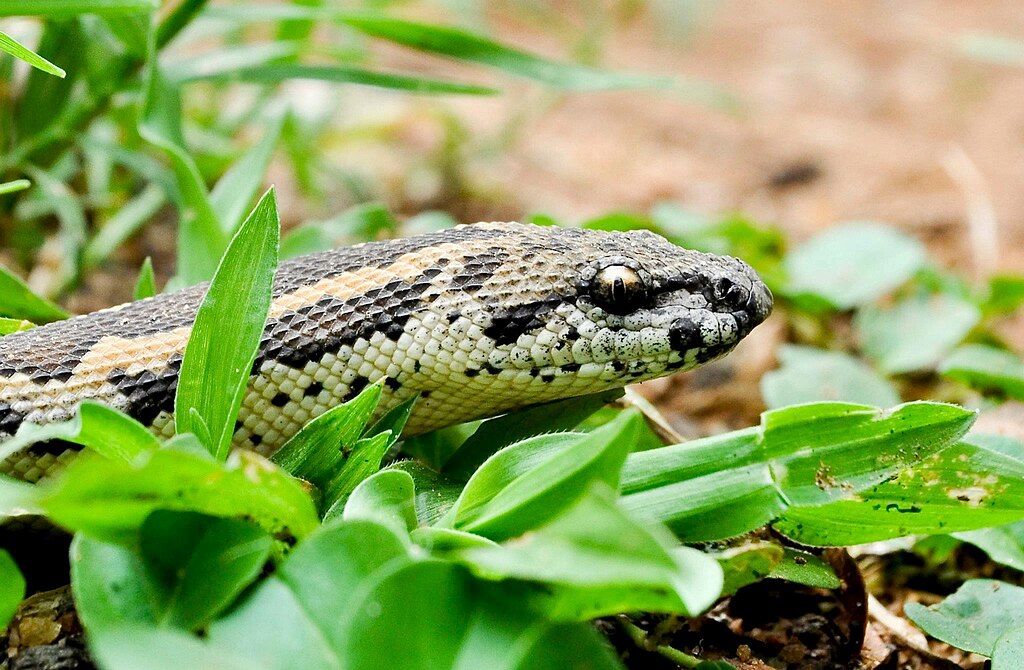Hibernation is a critical survival strategy for many reptiles, particularly snakes, as they navigate the challenging conditions of winter. However, not all snakes follow this expected pattern – some refuse to enter hibernation despite environmental cues signaling they should. This phenomenon has fascinated herpetologists and reptile enthusiasts alike, as it represents a complex interplay between biology, environment, and individual snake health. Understanding why snakes sometimes resist their natural hibernation cycles provides valuable insights into reptile behavior and optimal care practices, while also highlighting the remarkable adaptability of these fascinating creatures when faced with changing conditions or captive environments.
Understanding Reptile Hibernation Basics
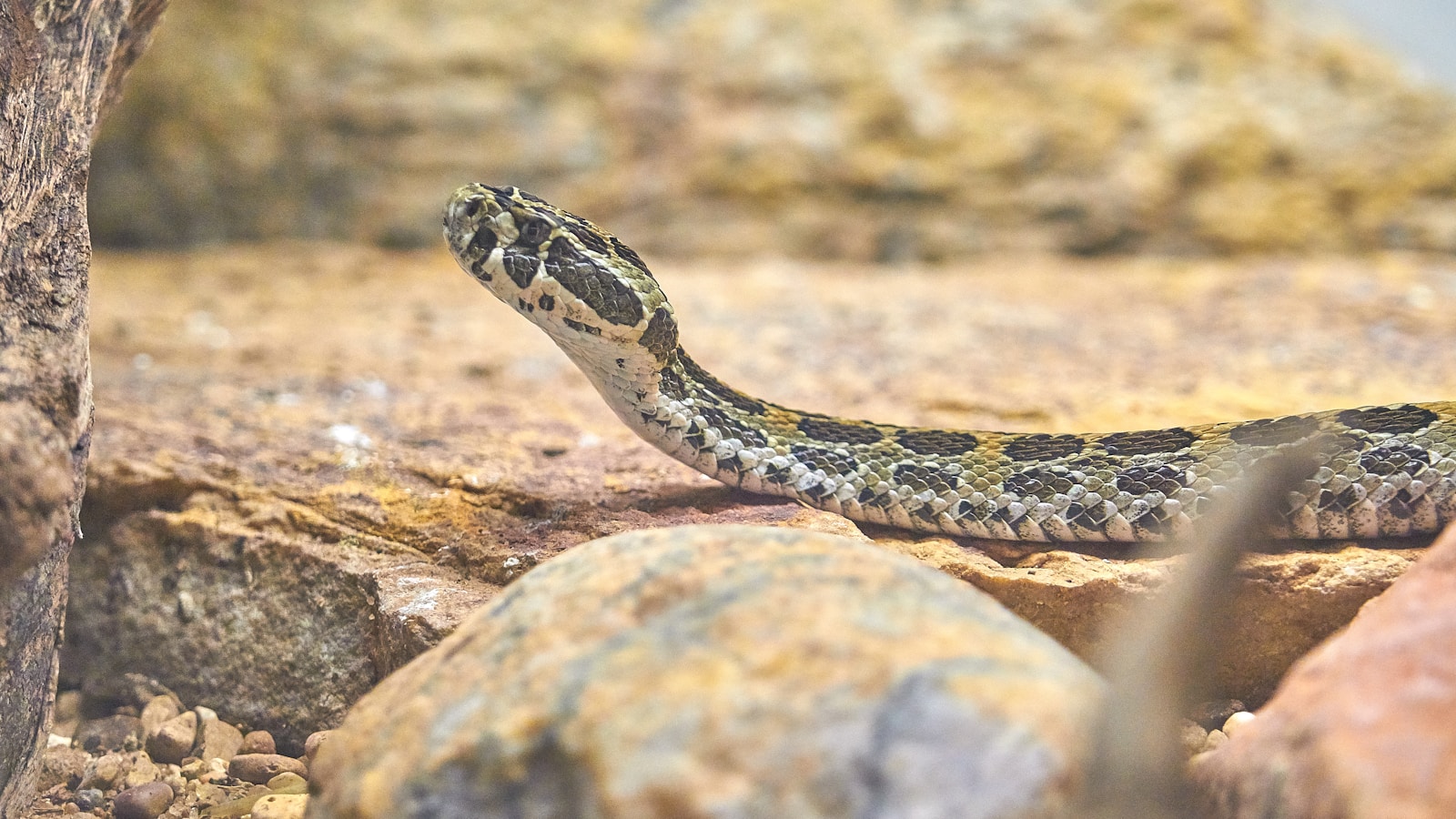
Reptile hibernation, more accurately called brumation, is a state of dormancy where snakes dramatically reduce their metabolic rate to conserve energy during cold periods when food is scarce. Unlike mammalian hibernation, brumating snakes remain somewhat alert and may occasionally move or drink water, though they typically stop eating entirely. This natural process is triggered primarily by decreasing temperatures and shorter daylight hours, signaling to the snake’s body that winter is approaching. For most wild snakes, brumation is non-negotiable—their survival depends on this energy-conservation strategy that allows them to endure months without feeding while their cold-blooded metabolism slows to minimal levels. Understanding this biological baseline helps highlight why refusal to brumate represents a significant deviation from normal snake behavior.
Inconsistent Temperature Fluctuations
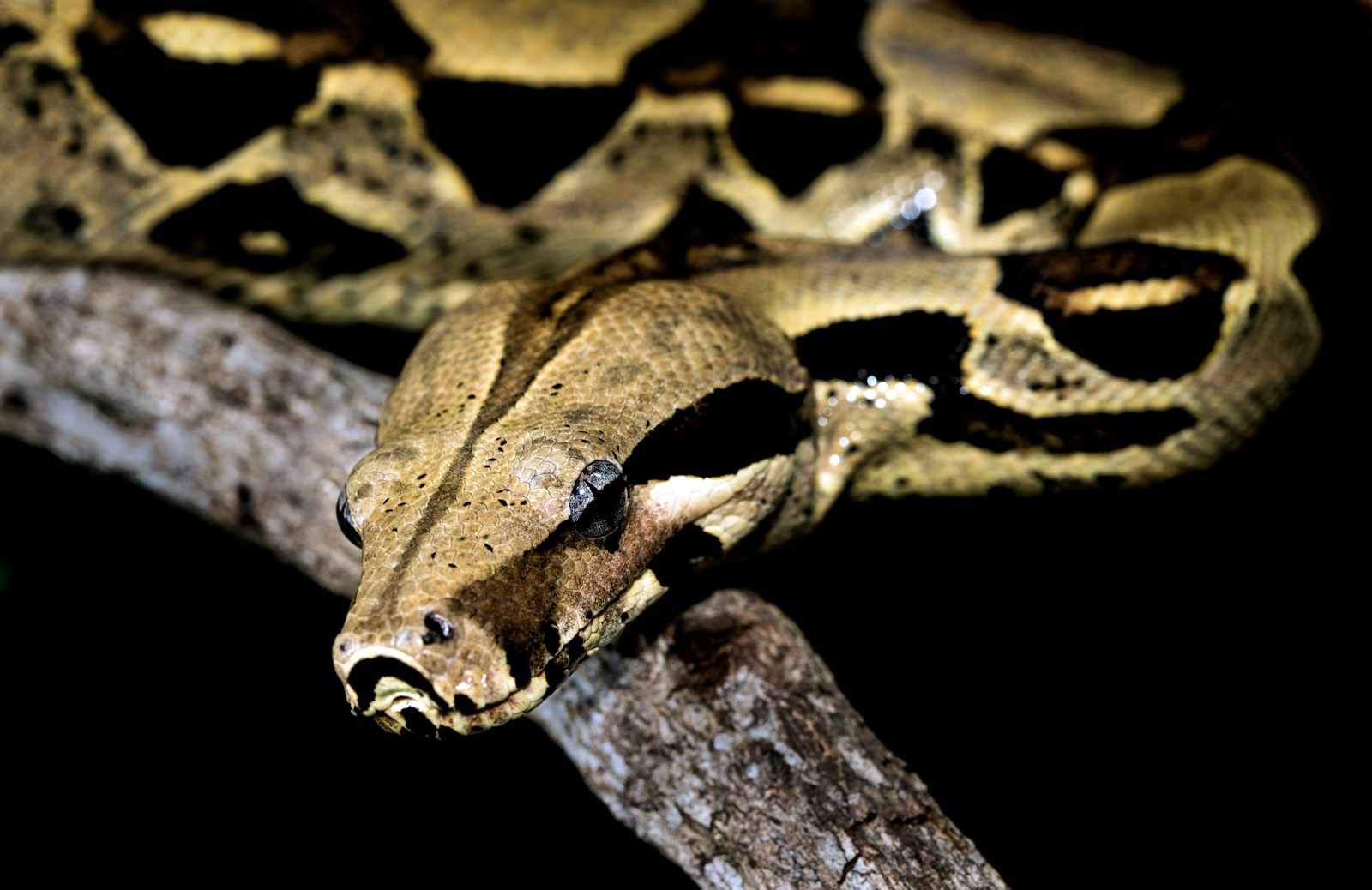
One of the primary reasons snakes may refuse to hibernate is exposure to inconsistent temperature patterns that confuse their natural biological cues. In the wild, temperature changes follow relatively predictable seasonal patterns, gradually cooling as winter approaches. However, in captivity or in areas affected by climate change, snakes might experience sudden temperature shifts or artificially maintained warm environments that disrupt these natural signals. When temperatures fluctuate unpredictably or remain consistently above the threshold that would trigger brumation, a snake’s body fails to receive the necessary cues to initiate the hibernation process. This physiological confusion can result in a snake remaining active year-round, potentially creating metabolic stress as its body continues operating at higher energy levels than evolutionarily intended during winter months. Even brief warm periods during an otherwise cooling season can interrupt a snake’s preparation for brumation.
Artificial Lighting Disruptions
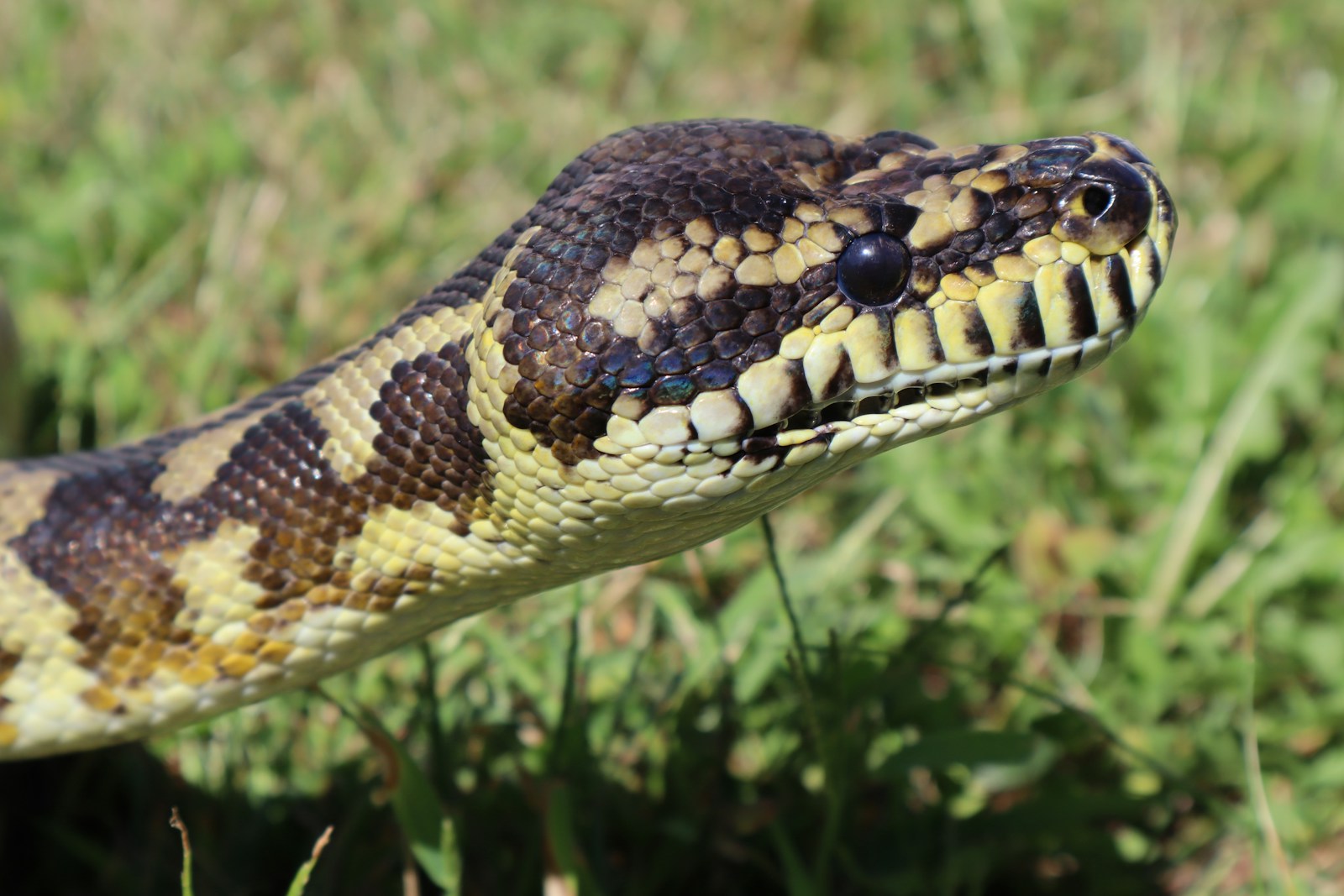
Photoperiod—the daily duration of light exposure—plays a crucial role in regulating reptile hibernation cycles, and artificial lighting can significantly disrupt this natural trigger. In captivity, snakes exposed to constant light cycles that don’t mimic seasonal changes may never receive the signal that winter is approaching. Many snake owners inadvertently maintain the same lighting schedule year-round, keeping their reptiles’ environments illuminated for 10-12 hours daily regardless of season. This consistent light exposure prevents the snake’s pineal gland from detecting the shorter days that would naturally trigger hormonal changes preparing the body for brumation. Even ambient light from nearby windows or room lighting can be sufficient to confuse a snake’s natural rhythm if it doesn’t accurately reflect seasonal daylight patterns. For snakes sensitive to these light cues, the absence of gradually shortening days can completely prevent the hibernation response.
Health and Nutritional Factors
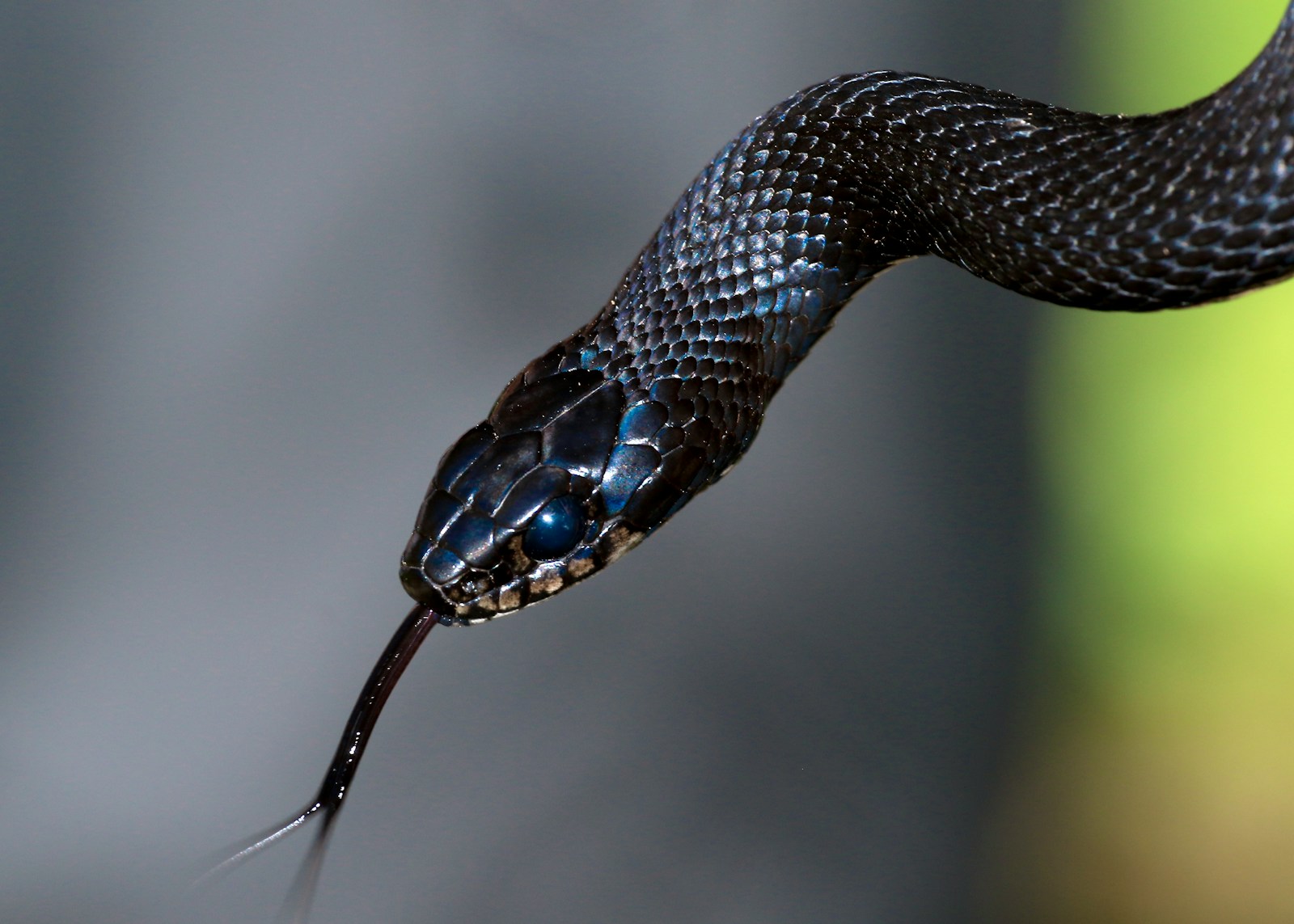
A snake’s physical condition plays a determinative role in whether it will enter hibernation, as the process requires significant energy reserves to survive the extended fasting period. Snakes that are underweight, recovering from illness, or suffering from parasitic infections often bypass hibernation as a survival mechanism—their bodies essentially cannot afford the extended metabolic slowdown. Conversely, snakes that haven’t accumulated sufficient fat reserves before the brumation period may remain active in continued attempts to locate food. Nutritional imbalances can also interfere with the hormonal systems that regulate hibernation, particularly deficiencies in certain vitamins and minerals critical to proper endocrine function. Veterinarians often advise against allowing compromised snakes to brumate, as the stress of hibernation could potentially be fatal to animals not in peak condition. This biological safeguard represents an evolutionary adaptation that prevents snakes from entering a dangerous period of dormancy without adequate resources.
Age-Related Brumation Resistance
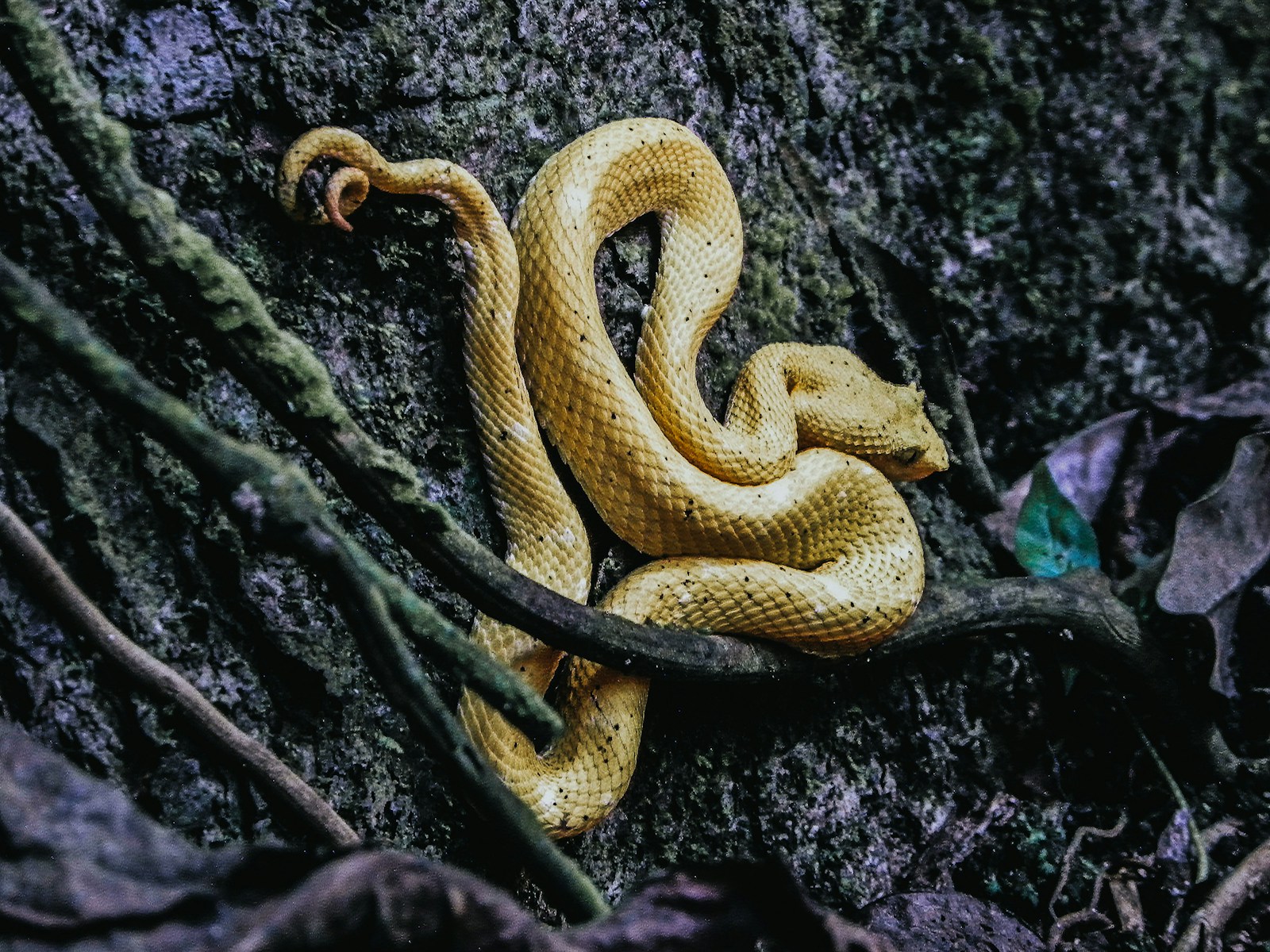
The age of a snake significantly influences its hibernation behaviors, with very young and very old specimens often showing resistance to entering full brumation states. Juvenile snakes, particularly those in their first year of life, frequently remain active through their first winter as their primary biological imperative is rapid growth rather than energy conservation. Their higher metabolic requirements and smaller fat reserves make extended fasting particularly risky during critical developmental periods. At the other end of the spectrum, geriatric snakes sometimes display altered hibernation patterns as their biological rhythms and temperature sensitivity change with advancing age. Senior snakes might enter lighter brumation states or cycle in and out of dormancy more frequently than they did in their prime years. These age-related variations highlight the flexibility in reptile hibernation behaviors that accommodate different life stage requirements and physiological capabilities.
Species-Specific Hibernation Requirements
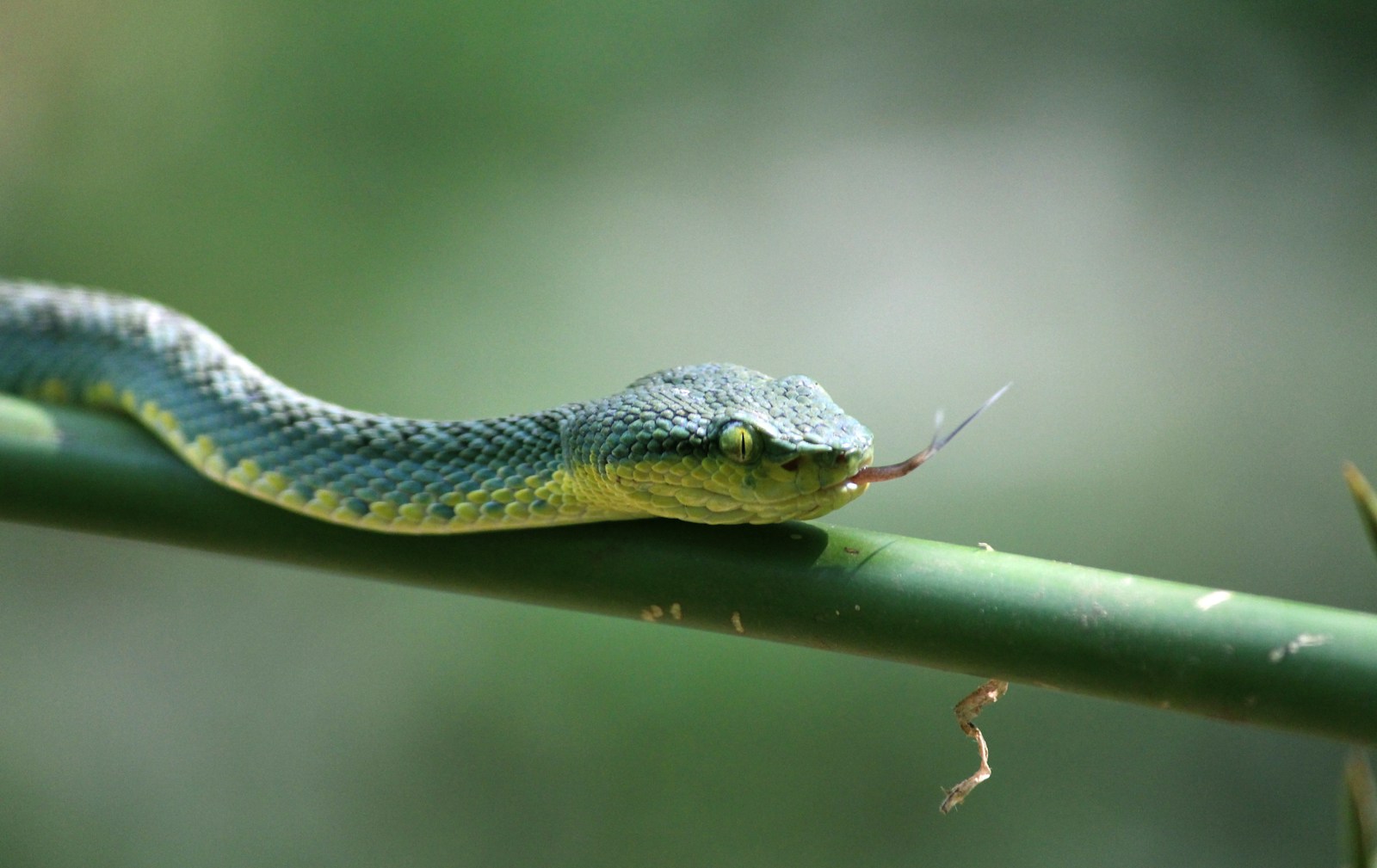
Not all snake species have the same hibernation needs or triggers, with tropical and subtropical species often requiring minimal or no brumation period at all. Ball pythons, for instance, originate from regions with relatively stable year-round temperatures and may show little or no natural inclination toward seasonal dormancy when kept in captivity. In contrast, species like rat snakes or garter snakes from temperate climates have evolved with distinct hibernation requirements essential to their reproductive cycles and overall health. Some desert species experience a modified form of dormancy called aestivation during hot, dry periods rather than traditional cold-weather brumation. Understanding the evolutionary origin of each snake species provides critical insight into whether their hibernation refusal represents a normal behavioral pattern or a response to improper environmental conditions. When snake owners incorrectly apply hibernation protocols based on generalized information rather than species-specific requirements, snakes may resist these inappropriate dormancy attempts.
Environmental Comfort and Security
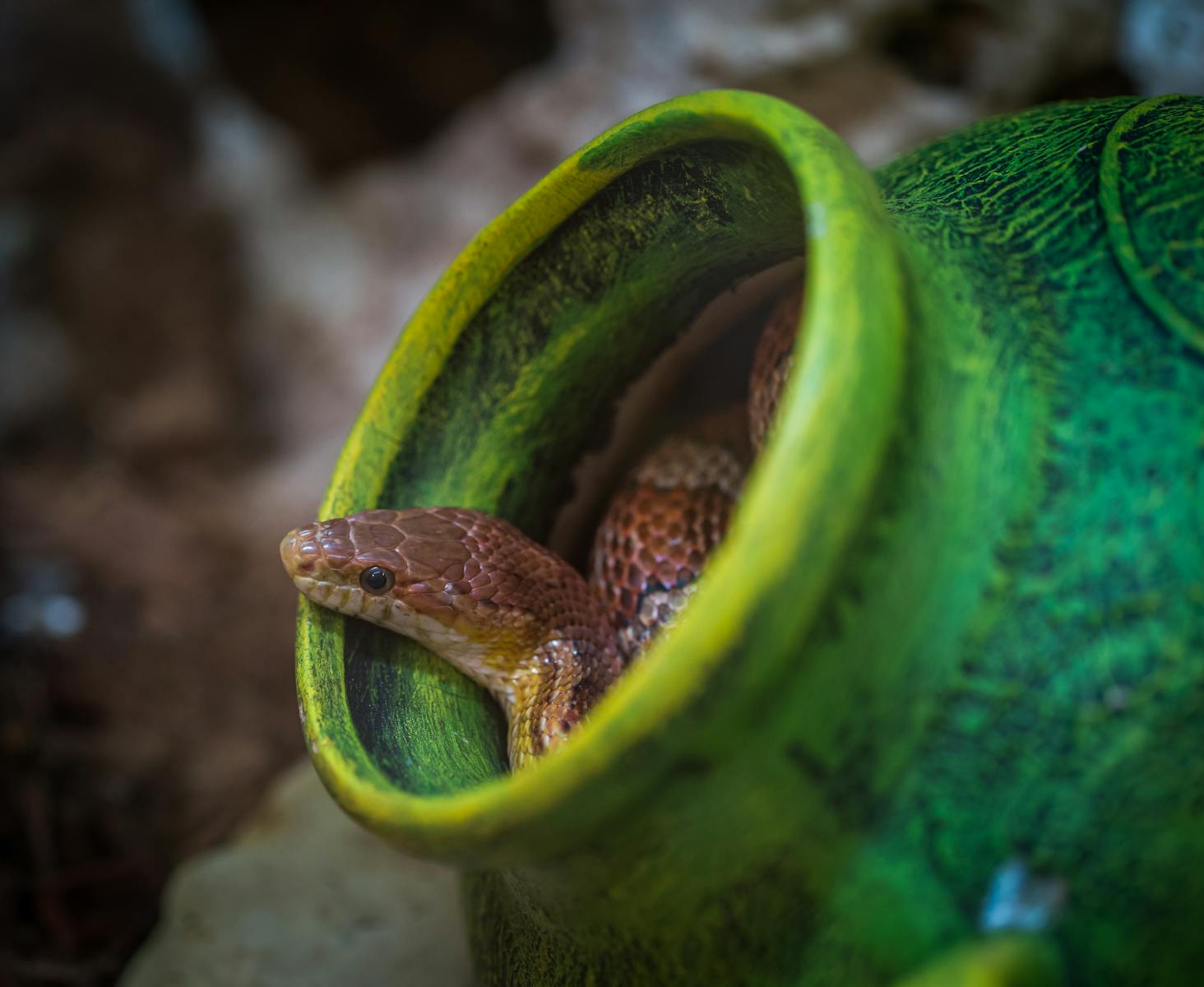
A snake’s perception of its environment’s safety directly impacts its willingness to enter the vulnerable state of brumation. In the wild, snakes seek secure, undisturbed hibernacula (hibernation dens) where they can remain protected from predators and environmental extremes during their dormant period. Captive snakes that feel exposed or frequently disturbed in their enclosures may refuse to hibernate as a self-protective response—they essentially don’t feel secure enough to enter a state of reduced alertness. Insufficient hiding spots, inappropriate substrate that doesn’t allow for burrowing, or enclosures placed in high-traffic areas with regular vibrations can all contribute to this security-related hibernation resistance. Even subtle environmental factors like unfamiliar scents or the presence of potential predators nearby can trigger stress responses that override hibernation instincts. A snake’s refusal to brumate in these circumstances represents a reasonable biological response prioritizing immediate safety over seasonal energy conservation.
Reproductive Status Influences
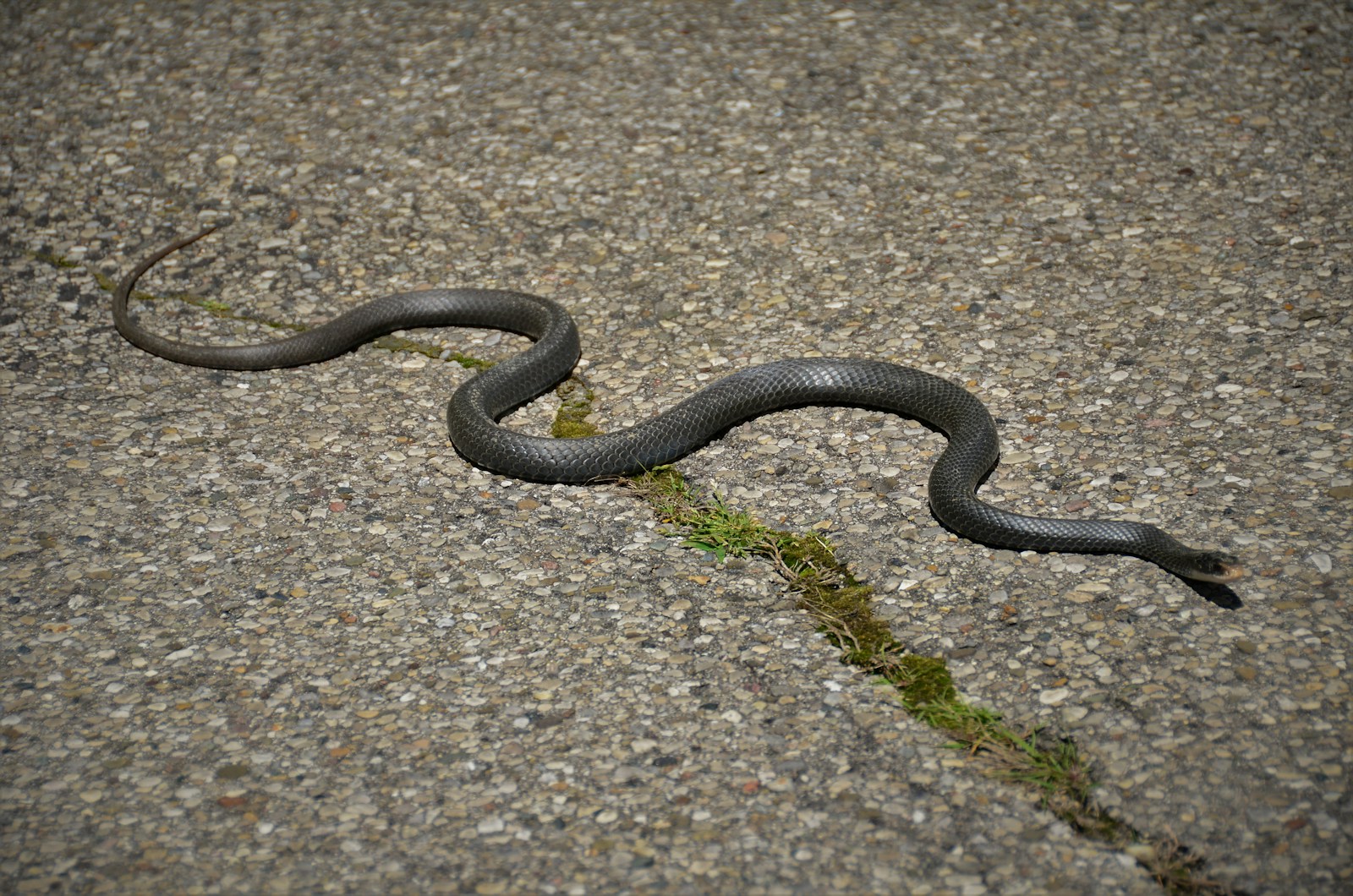
A snake’s reproductive status can significantly affect its hibernation patterns, particularly in females carrying developing follicles or eggs. Gravid female snakes often display altered brumation behaviors, sometimes remaining more active than their non-reproductive counterparts to maintain optimal incubation temperatures for their developing offspring. The hormonal changes associated with reproduction can effectively override the typical hibernation triggers, keeping the snake’s metabolism higher to support embryonic development. Males preparing for breeding season may also exhibit resistance to deep brumation, particularly as winter begins transitioning to spring and mating opportunities approach. Some species require a specific brumation period to trigger reproductive cycling, while others may bypass hibernation entirely during breeding years. This complex relationship between reproduction and hibernation highlights how snake physiology prioritizes different biological imperatives at different life stages, with reproductive success sometimes taking precedence over traditional hibernation patterns.
Prior Traumatic Hibernation Experiences
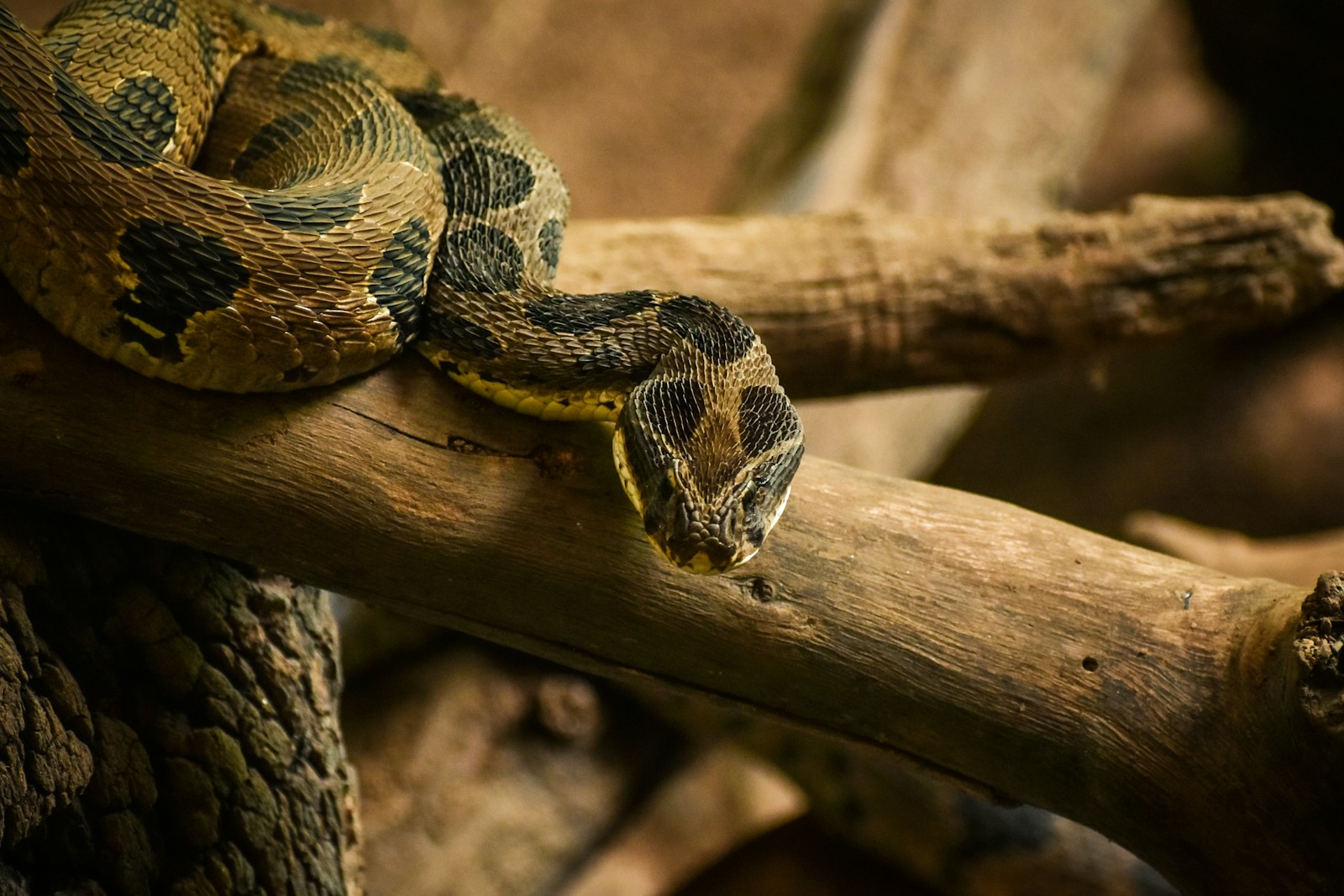
Snakes that have previously experienced dangerous or traumatic conditions during hibernation may develop a behavioral resistance to entering brumation in subsequent years. A snake that nearly froze, became severely dehydrated, or was attacked by predators during a previous hibernation period may retain a biological “memory” that associates the physiological cues of hibernation with danger. This phenomenon appears particularly common in captive reptiles that experienced improper hibernation conditions before being rescued or rehomed. The stress response triggered by these memories can physiologically override the normal hibernation processes, causing the snake to remain active despite appropriate environmental cues. Some snake keepers report that it may take several years of providing perfect hibernation conditions before a previously traumatized snake will resume normal brumation patterns. This adaptive response demonstrates the sophisticated learning capabilities of reptiles, whose behavioral patterns can be modified by past experiences in ways that directly affect their physiological processes.
Acclimation to Constant Conditions
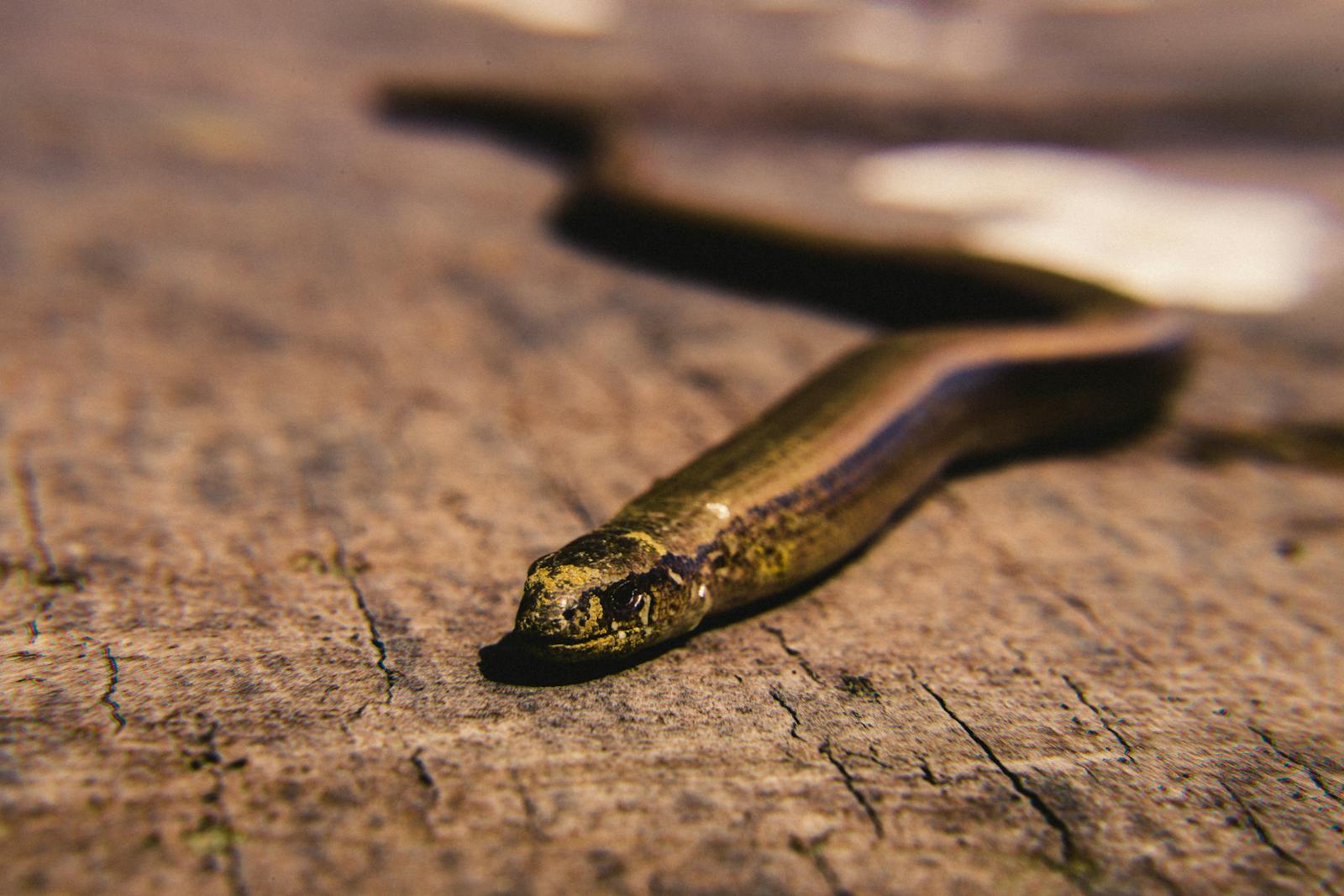
Snakes kept in highly controlled captive environments with minimal seasonal variation may gradually lose their natural hibernation responses over time. When maintained at constant “ideal” temperatures year-round, a snake’s circannual rhythm—its internal biological calendar—can become desynchronized from the natural seasonal cycle. This phenomenon is particularly common in snakes kept in climate-controlled rooms with no exposure to natural light or temperature fluctuations. Over multiple years, these snakes may effectively “forget” how to respond to hibernation cues as their bodies adapt to the artificial consistency of their environment. Some herpetologists theorize that multiple generations of captive breeding in constant conditions may even produce snakes with genetically reduced hibernation instincts, though this remains controversial in the scientific community. This adaptation to artificial conditions represents a form of behavioral plasticity that allows snakes to maximize their activity and feeding opportunities in the unnaturally stable environments humans often provide.
Metabolic Disorders and Dysfunction
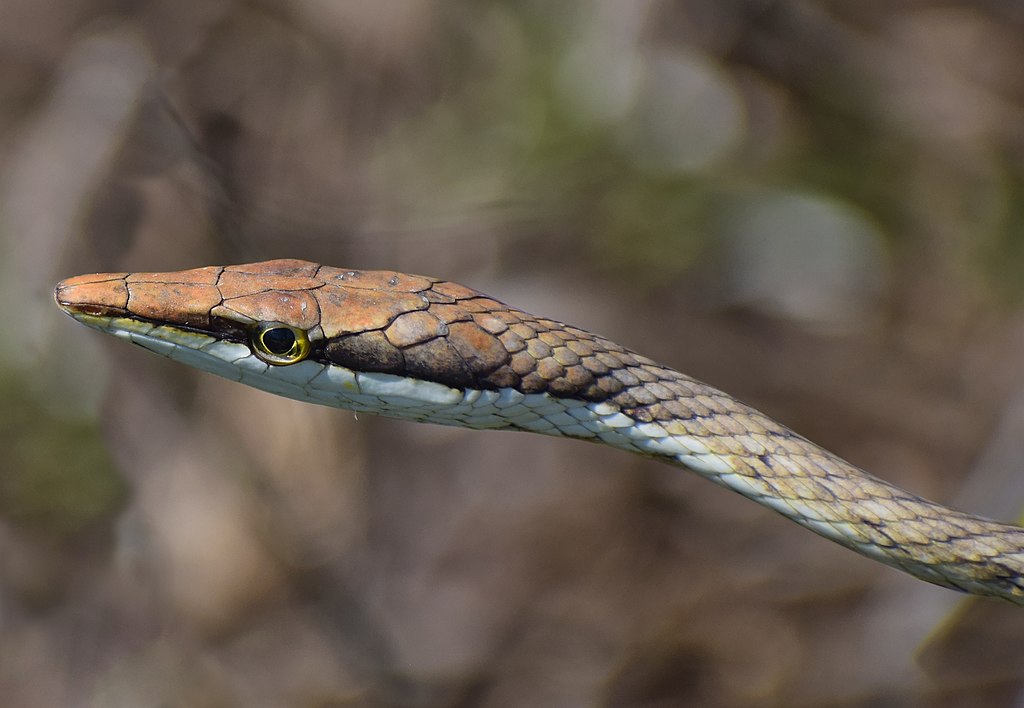
Certain metabolic disorders can interfere with a snake’s ability to enter or maintain hibernation, even when all environmental cues are appropriate. Conditions affecting the endocrine system, particularly the thyroid and adrenal glands, can disrupt the complex hormonal cascade that triggers and regulates brumation. Snakes with liver disease often struggle with the metabolic shifts required for hibernation, as the liver plays a crucial role in energy storage and utilization during extended fasting periods. Diabetes-like conditions, though rare in reptiles, can also prevent proper brumation by interfering with the snake’s ability to regulate blood glucose levels during periods of inactivity. These metabolic dysfunctions may not be immediately obvious to owners, as affected snakes often appear otherwise healthy until placed under the physiological stress of attempted hibernation. Veterinary blood work and specialized testing may be necessary to identify these underlying conditions in snakes that consistently refuse to brumate despite appropriate environmental conditions.
Inappropriate Pre-Hibernation Preparation

The weeks leading up to hibernation represent a critical preparation period for snakes, and interruptions during this time can prevent successful brumation. Proper preparation involves gradually cooling the environment, reducing feeding frequency, and allowing the snake’s digestive system to completely empty before full hibernation temperatures are reached. Snakes fed too close to the brumation period may refuse to hibernate because undigested food in their system can rot during the metabolic slowdown, causing potentially fatal septicemia. Similarly, snakes that haven’t been properly hydrated before brumation may resist entering dormancy as a dehydration-avoidance mechanism. Abrupt rather than gradual temperature changes can also trigger stress responses that override hibernation instincts. This preparation phase typically requires 2-3 weeks of carefully managed conditions, and shortcuts or mistakes during this critical period frequently result in hibernation refusal. Even experienced keepers sometimes underestimate the importance of this transitional period in achieving successful snake brumation.
Managing Snakes That Refuse Hibernation

When a snake consistently refuses to hibernate despite appropriate environmental cues, owners must make informed decisions about how to proceed with their care. For species that require brumation for reproductive health or natural behavioral expression, gradually adjusting environmental parameters—including more dramatic temperature drops or more pronounced light cycle changes—may eventually trigger the hibernation response. However, for snakes resistant to hibernation due to health concerns or species-specific factors, providing balanced year-round care becomes essential. This includes maintaining appropriate feeding schedules adjusted to the snake’s activity level, ensuring proper hydration, and monitoring for any signs of metabolic stress from prolonged activity. Regular veterinary check-ups become particularly important for non-hibernating snakes from species that typically brumate, as their unusual pattern may indicate underlying health issues requiring treatment. Most importantly, keepers should avoid forcing hibernation through extreme measures, as this can create dangerous stress that outweighs any potential benefits of brumation.
Conclusion

The refusal of snakes to hibernate represents a complex interaction between evolutionary biology, individual health factors, and environmental conditions. Rather than viewing hibernation resistance as simply “abnormal,” it’s more accurate to understand it as an adaptive response to the snake’s perception of its current situation. Whether due to inconsistent temperatures, health concerns, reproductive status, or species-specific traits, a snake’s decision to remain active through winter months typically serves some biological purpose. For snake keepers, understanding these factors allows for more informed husbandry decisions that respect the individual needs of their reptiles while providing the best possible care. As our understanding of reptile physiology continues to advance, we gain greater appreciation for the sophisticated ways these ancient creatures respond to and interact with their environments, even when those responses don’t align with our expectations of “natural” behavior.

